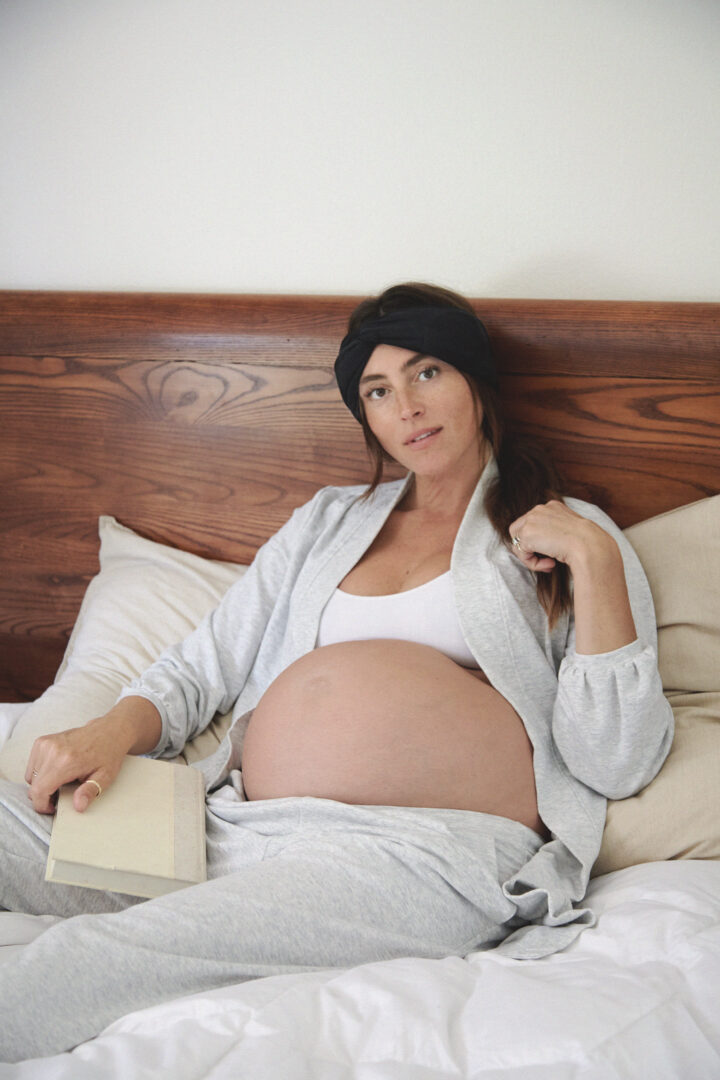Giving birth can be one of the most special and exciting moments of your life. But let’s be real — it can also be incredibly overwhelming!
Not only is labor and delivery physically arduous, but mentally preparing yourself for the experience is a lot of work. You’ve got a bunch of choices to make, including one of the big ones: Where should you give birth? Planned hospital births might be the most common birth plan, but there are other possibilities, including giving birth at home.
So if you’re not sure which birth setting is right for you, don’t sweat it. We might not be able to literally hold your hand through labor, but we’ll do our best to hold your hand metaphorically.
Read on for the basic info on choosing between a planned home birth or a hospital birth.
Different Types of Birth Settings
In the United States, 98% of women give birth in a hospital, but it isn’t the only option you have. You can also give birth in a freestanding birth center, AKA a birth center that isn’t attached to a hospital or at home.
Freestanding birth centers are sort of like the halfway point between giving birth in a hospital or at home. They tend to be more comfortable and personal than a hospital, offering consistent midwifery care rather than a possibly rotating cast of obstetricians throughout your pregnancy.
Birth centers outside of a hospital aren’t equipped to perform C-sections or provide anesthetic pain relief such as epidurals. However, they’re usually located within ten minutes of a hospital and will have a backup plan for medical interventions in the case of complications during delivery.
Your third option is to give birth at home. Let’s talk about what that might look like and whether it’s a good birth setting for you.
Giving Birth at Home: the Pros and Cons
For hundreds of years, giving birth at home was pretty much the only choice pregnant women had. Now we have more options, but there are still many valid reasons to choose a home birth, including:
- The comfort and security of going through such an intimate experience in your own home.
- Previous bad experiences or dissatisfaction with hospital care or maternity care.
- Home births are typically more affordable than hospital births.
- Religious or cultural factors.
- The challenge and sense of accomplishment of giving vaginal birth without interventions like an epidural.
- You have a low-risk pregnancy.
Perhaps some of these factors apply to you, in which case you might want to consider a home birth. But there are also some downsides to this place of birth:
- The American College of Obstetricians and Gynecologists reports that home births may be at higher risk than hospital births.
- Less immediate access to medical equipment in the event of complications.
- You will likely be unable to get an epidural or other form of anesthetic pain medication.
- You will likely be attended by midwives, certified nurse-midwives, or doulas rather than a doctor specializing in obstetrics.
- If there are complications during vaginal delivery, you’ll have to go to a hospital anyway.
And in some cases, ACOG advises against out-of-hospital births entirely, including:
- If you’re pregnant with multiples.
- If the baby is positioned feet first (breech).
- If you previously had a cesarean delivery.
- If you are in a high-risk pregnancy.
- If you have high blood pressure or diabetes.
How Should I Choose the Right Birth Setting for Me?
Sorting through these risk factors and trying to determine which birth plan is right for you may be overwhelming, but good news — you’re already on the right track. The best decision is an informed decision, and the only person who can make it for you is you (and your doctor).
Talk over your options with your Ob-GYN or another healthcare provider. They’ll give you advice based on your individual medical situation and can help you decide whether a home birth or hospital birth is right for you. Your partner or any other caregivers who may be in the picture may also be able to help. Just remember that there is no one right answer, and the most important opinions belong to you and your doctor.
How To Prepare for Delivery
Wherever you choose to give birth, preparing for labor and delivery can be scary! Luckily, there are a few things to prepare yourself and ensure you have the best birth experience possible.
Put together a hospital bag checklist, and make sure that bag is packed and ready by the time your due date arrives. Whether you’re a minimalist or a chronic over-packer, there are some essentials EVERY new mama needs, including:
- Multiple pairs of socks and underwear (Like, your biggest pairs of full-coverage underwear. Giving birth is messy!)
- Your softest pair of PJs — if there ever was a time to indulge in comfort, it’s RTFN
- Toiletries, including hair ties, face wash, deodorant, toothpaste, and your toothbrush
- A set of clothes to leave the hospital in
- Baby things (so! exciting!) — A baby blanket, a baby carrier and car seat for when you leave the hospital, a onesie or two
- A nursing bra if you’re planning on breastfeeding
Helpful hint: You can make your life a lot easier by knocking out a bunch of these items in one go with the Hatch-to-Hospital Box. This kit is filled with all those luxurious essentials you absolutely deserve during delivery, including an ultra-soft bamboo-blend nightgown, matching robe, bamboo brief undies, and HATCH x Maria La Rosa socks made in Italy.
This box is what delivery dreams are made of. You can thank us later.
Home Birth vs. Hospital Birth: You’ve Got This
Finally, you can prep for giving birth by doing something simple: Closing your eyes, taking a few deep breaths, and believing that you can do this. We get it: Having a baby is SCARY. It can feel like the scariest thing in the world sometimes –— and that’s okay. That doesn’t mean you aren’t going to be a great mom or do a great job taking care of your new little babe.
Whether you’ll be giving birth in the hospital or at home, know that you’ve got this — and know that we’ll be cheering you on every step of the way.
Sources:







